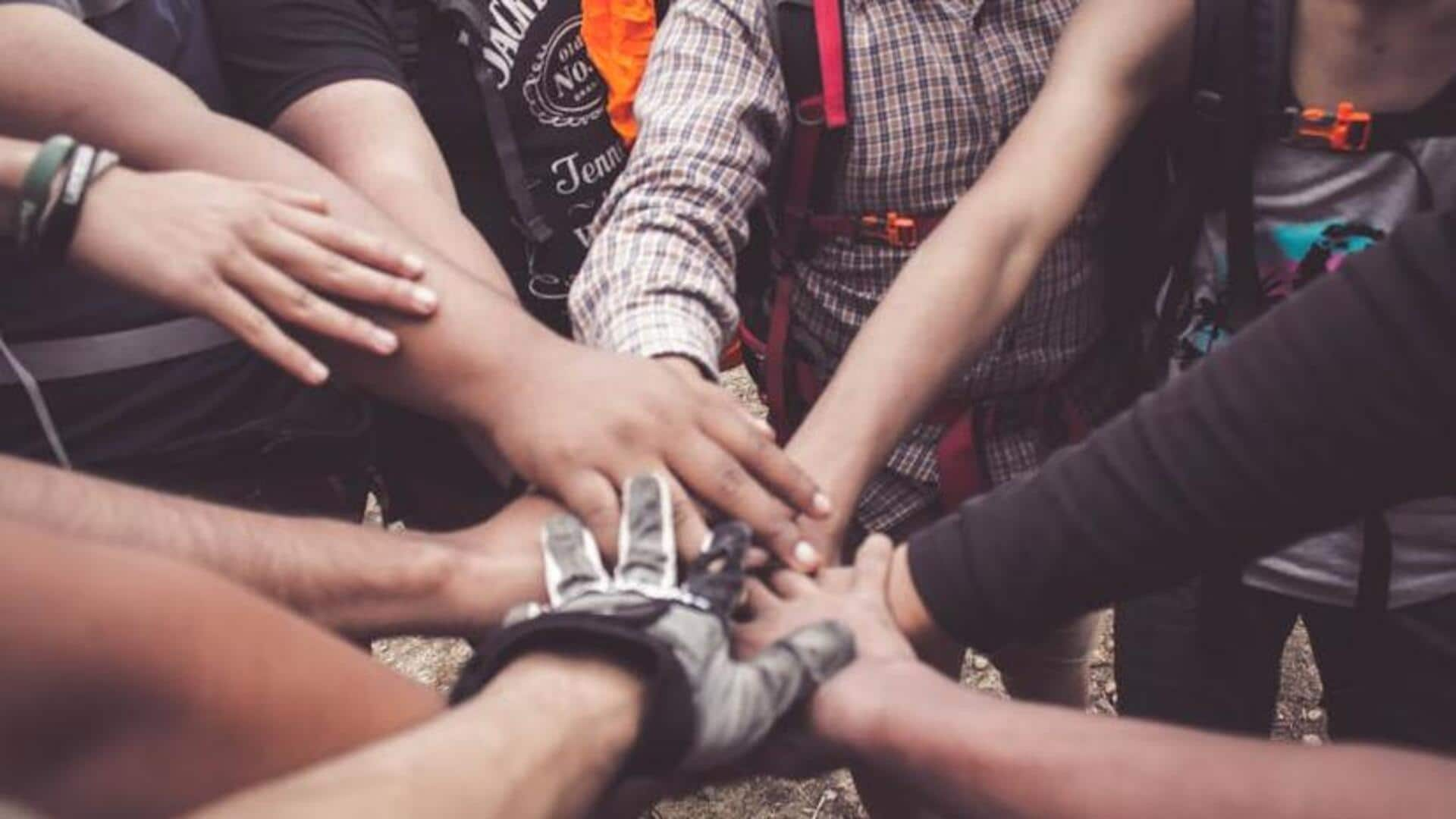
Nurturing altruism with community service projects for kids
What's the story
Getting children involved in community service projects is a powerful way to cultivate altruism and empathy. By participating in activities that help others, kids learn invaluable life lessons about kindness, teamwork, and the importance of giving back to the community. This article explores simple yet meaningful ways to engage children in community service, fostering a sense of responsibility and compassion from a young age.
Local impact
Start with local clean-up drives
Getting kids involved in local clean-up drives can be a perfect starting point for their community service. Such activities not only instill a sense of environmental responsibility but also allow kids to witness the immediate positive effects of their actions on their community. Whether it's tidying up parks or beaches, the visible change they bring serves as a powerful motivator for further participation in community service.
Feeding compassion
Engaging in food drives and soup kitchens
Collecting food for drives and volunteering at soup kitchens Collecting non-perishable food items for donation or serving meals at a local shelter provides children with a tangible way to understand and address the issue of food security. It fosters empathy and compassion for individuals from all walks of life. This hands-on experience not only teaches gratitude but also the importance of giving back to the community.
Raising awareness
Participating in fundraising activities
Raising money for causes they care about teaches kids to be change-makers, not just bystanders. Whether it's for animal shelters, libraries, or medical research, these experiences show kids they have the power to make a difference. Plus, it builds their organization and communication skills as they plan events and advocate for their cause.
Creative giving
Crafting for a cause
Getting kids to use their creativity for charity is another great way to get them involved in community service. They can create cards for seniors in nursing homes, knit scarves for homeless shelters, or make artwork for hospitals. This not only fosters their artistic skills but also shows them that they can make a positive impact on society in ways that extend beyond financial donations.
Learning by doing
Education through service learning projects
By integrating service learning projects into the curriculum, educators can teach children about altruism while reinforcing academic concepts. For instance, constructing a small garden at school allows students to learn biology through hands-on experience and supply fresh produce for local food banks. This method not only helps students comprehend the real-world applications of their lessons, but also nurtures a lifelong dedication to assisting others.